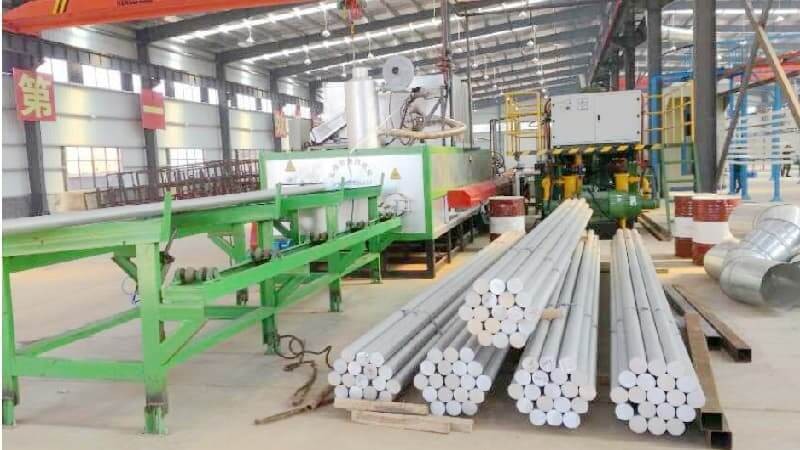Modern manufacturing facilities are under constant pressure to increase productivity, reduce costs and maintain flexibility. One of the most effective yet often overlooked ways to achieve these goals is by incorporating aluminium profiles into factory infrastructure and production systems. From lightweight machine frames to modular workstations, aluminium extrusions offer a powerful combination of strength, versatility and efficiency.
In this article, we’ll explore five practical ways aluminium profiles can improve factory efficiency and why they’ve become a cornerstone of modern industrial design.
1. Faster Assembly and Reconfiguration
Traditional welded steel structures are rigid and time consuming to modify. In contrast, T-slot aluminium profiles use a modular connection system that allows quick assembly and easy reconfiguration without the need for welding or repainting.
This flexibility is especially valuable for factories that must adapt to changing production lines, introduce new machinery, or retool layouts for different products. With aluminium extrusions, teams can redesign workstations, frames, or safety enclosures in a matter of hours rather than days.
2. Lightweight Yet Strong Construction
Efficiency isn’t only about speed, it’s also about energy savings and ergonomics. Aluminium profiles are lightweight but remarkably strong, which means structures can be both durable and easier to move or adjust.
The lower weight reduces strain on supporting surfaces and simplifies transport during assembly or relocation. Despite their lightness, high grade aluminium extrusions provide excellent load bearing capacity, suitable for machine frames, conveyors and automation systems.
3. Reduced Maintenance and Corrosion Resistance
Factories often operate in harsh environments- with oil, coolant and varying temperatures. Aluminium’s natural oxidation resistance protects it from corrosion, meaning profiles maintain their appearance and integrity over time without painting or galvanising.
This longevity reduces downtime, as there’s less need for maintenance or surface treatment. Aluminium profiles also stay cleaner for longer, which supports hygienic manufacturing environments such as food processing or pharmaceutical applications.
4. Enhanced Integration with Accessories
One of the greatest strengths of aluminium profiles is their compatibility with a wide range of accessories. Components such as brackets, hinges, connectors, feet and wheels can be attached directly into the T-slot channels.
This modular approach allows engineers to customise every aspect of a workstation or machine frame, from adding tool racks and guards to integrating monitors or lighting. The result is a highly efficient workspace tailored to the operator’s needs.
5. Improved Aesthetics and Workspace Organisation
An organised, professional looking workspace can improve both efficiency and morale. Aluminium profiles provide a clean, modern appearance that’s ideal for open production environments, laboratories, or display areas.
Cable management systems can be neatly incorporated into the profiles, helping reduce clutter and potential trip hazards. The polished surface finish also reflects light well, contributing to a brighter and safer working environment.
Frequently Asked Questions
Are aluminium profiles strong enough for heavy industrial use?
Yes. High grade aluminium extrusions are engineered to handle significant loads and stresses, especially when paired with the right connectors and supports.
Can aluminium profiles be reused?
Absolutely. Their modular design allows components to be dismantled and reassembled into new configurations, making them a cost effective and sustainable choice.
Are aluminium profiles suitable for cleanroom or food production areas?
Yes. Aluminium’s smooth surface, resistance to corrosion and compatibility with hygienic fittings make it ideal for cleanroom and food industry applications.
What tools are needed to assemble aluminium profiles?
Typically, only standard hand tools such as Allen keys and wrenches are required. No welding, grinding, or specialist fabrication is needed.
Final Thoughts
Aluminium profiles are transforming the way factories design and maintain their production environments. Their modular versatility, strength to weight ratio and resistance to corrosion make them an intelligent investment for any modern facility seeking to improve efficiency.
For businesses exploring industrial aluminium framing systems, T-slot aluminium structures, or custom modular workstations, understanding the full potential of aluminium profiles can lead to measurable gains in productivity, safety and long term value.


